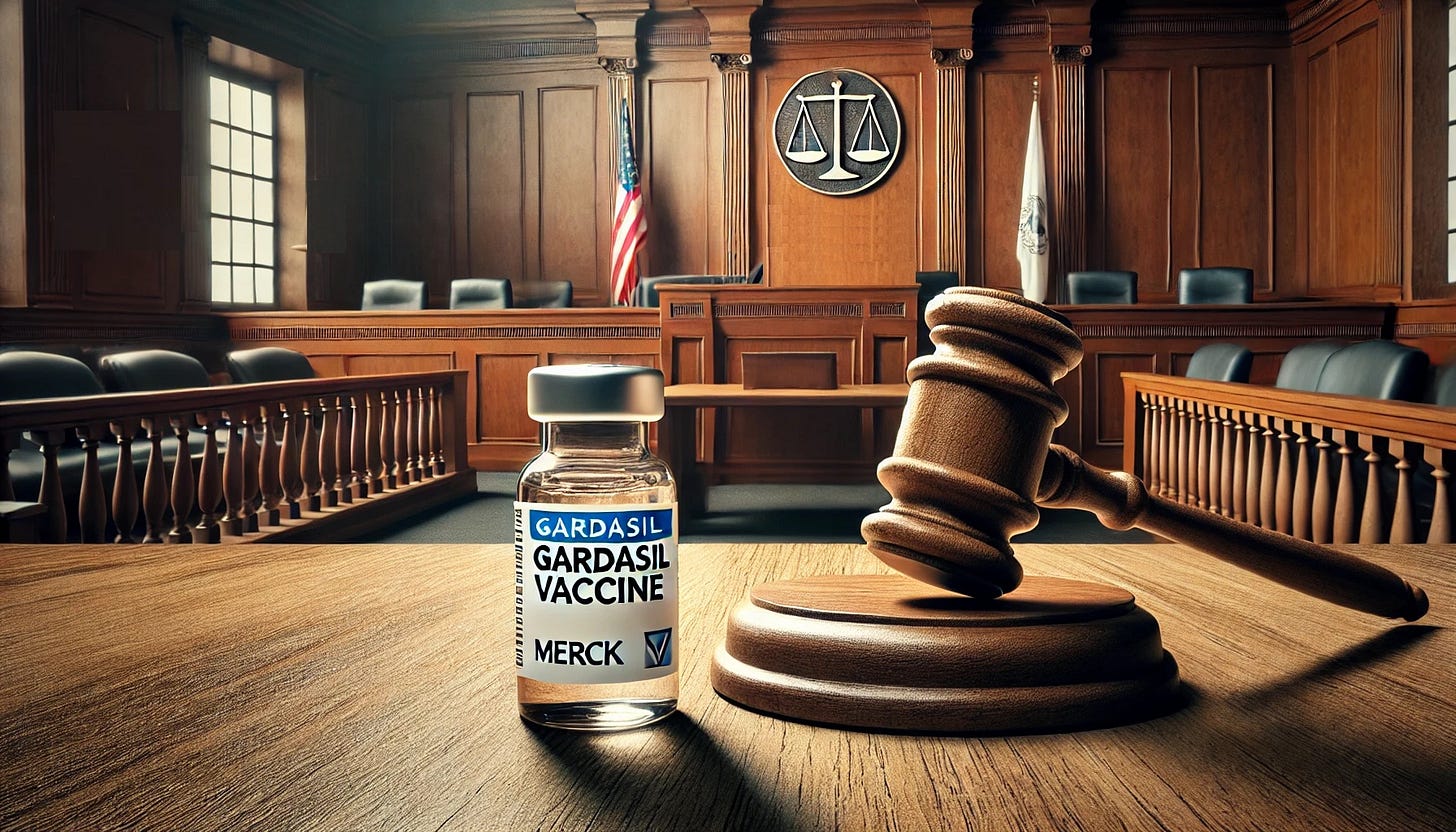EXCLUSIVE: Internal emails reveal Merck's negligence in Gardasil safety testing
Merck knew its Gardasil vaccine was contaminated with HPV DNA fragments but failed to conduct proper tests and the regulators helped cover it up.
A landmark lawsuit against Merck is underway in a Los Angeles courtroom, marking the company’s first jury trial over claims it misrepresented the safety of its highly profitable Gardasil HPV vaccine.
Newly declassified documents in the trial have revealed troubling details about Merck’s failure to conduct key safety tests.
Internal emails reveal that Merck knew its Gardasil vaccine was contaminated with HPV DNA fragments from the vaccine's manufacturing process and lobbied regulators to bypass testing requirements.


